Categories: Featured Articles » Home automation
Number of views: 90,158
Comments on the article: 8
Humidity sensors - how they are arranged and work
A device that measures the level of humidity is called a hygrometer or just a humidity sensor. In everyday life, humidity is an important parameter, and often not only for ordinary life, but also for various equipment, and for agriculture (soil moisture) and much more.
In particular, our well-being depends a lot on the degree of air humidity. Particularly sensitive to humidity are weather-dependent people, as well as people suffering from hypertension, bronchial asthma, diseases of the cardiovascular system.
With high air dryness, even healthy people feel discomfort, drowsiness, itching and irritation of the skin. Often dry air can provoke diseases of the respiratory system, starting with acute respiratory infections and acute respiratory viral infections, and ending even with pneumonia.
At enterprises, air humidity can affect the safety of products and equipment, and in agriculture, the influence of soil moisture on fertility, etc. is unambiguous. humidity sensors - hygrometers.
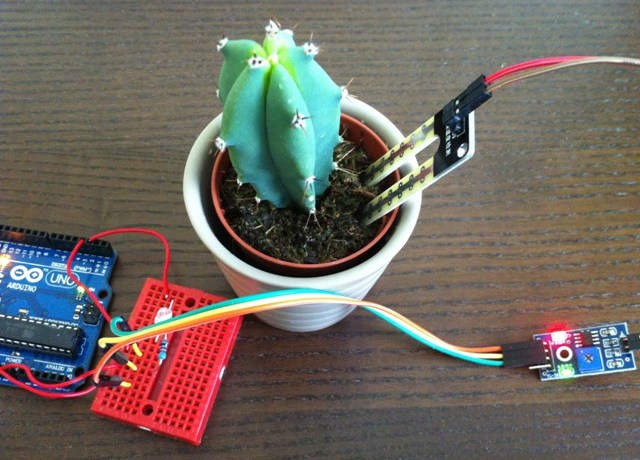
Some technical devices are initially calibrated to the strictly required importance, and sometimes in order to fine-tune the device, it is important to have the exact value of humidity in the environment.
Humidity can be measured by several of the possible values:
-
To determine the humidity of both air and other gases, measurements are carried out in grams per cubic meter when it comes to the absolute value of humidity, or in units of RH when it comes to relative humidity.
-
For measuring the moisture content of solids or in liquids, measurements as a percentage of the mass of the test samples are suitable.
-
To determine the moisture content of poorly mixed liquids, ppm (how many parts of water per 1,000,000 parts of the weight of the sample) will serve as the unit of measurement.
According to the principle of action, hygrometers are divided into:
-
capacitive;
-
resistive;
-
thermistor;
-
optical;
-
electronic.
1) Capacitive humidity sensor
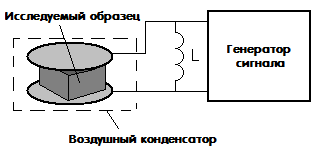
Capacitive hygrometers, in the simplest case, are capacitors with air as the dielectric in the gap. It is known that in air the dielectric constant is directly related to humidity, and changes in the dielectric humidity also lead to changes in the capacitance of the air condenser.
A more complex version of a capacitive humidity sensor in the air gap contains a dielectric, with a dielectric constant, which can vary greatly under the influence of humidity. This approach makes the quality of the sensor better than just with air between the capacitor plates.
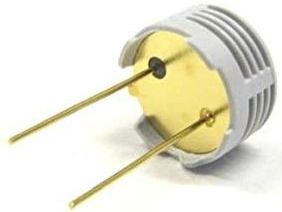
The second option is well suited for measurements regarding the water content of solids. The studied object is placed between the plates of such a capacitor, for example, the object can be a tablet, and the capacitor itself is connected to the oscillating circuit and to the electronic generator, while the natural frequency of the obtained circuit is measured, and the capacitance obtained by introducing the test sample is “calculated” from the measured frequency.
Of course, this method has some drawbacks, for example, if the sample humidity is below 0.5%, it will be inaccurate, in addition, the measured sample must be cleaned of particles having a high dielectric constant, moreover, the shape of the sample is also important during measurement, it should not change during the study.
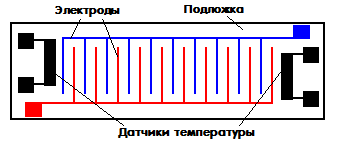
The third type of capacitive humidity sensor is a capacitive thin-film hygrometer. It includes a substrate on which two comb electrodes are applied. In this case, comb electrodes play the role of plates.For the purpose of thermal compensation, two more temperature sensors are additionally introduced into the sensor.
2) Resistive humidity sensor
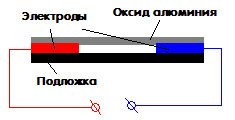
Such a sensor includes two electrodes that are deposited on a substrate, and on top of the electrodes themselves a layer of material is applied that differs in a fairly low resistance, however, it varies greatly depending on humidity.

A suitable material in the device may be alumina. This oxide well absorbs water from the external environment, while its specific resistance varies markedly. As a result, the total resistance of the measurement circuit of such a sensor will be significantly dependent on humidity. So, the value of the flowing current will indicate the level of humidity. The advantage of sensors of this type is their low price.
3) Thermistor humidity sensor

A thermistor hygrometer consists of a pair of identical thermistors. By the way, recall that thermistor - This is a non-linear electronic component whose resistance is highly dependent on its temperature.
One of the thermistors included in the circuit is placed in a sealed chamber with dry air. And the other - in a chamber with holes through which air with a characteristic humidity enters into it, the value of which needs to be measured. Thermistors are connected in a bridge circuit, voltage is applied to one of the diagonals of the bridge, and readings are read from the other diagonal.
In the case when the voltage at the output terminals is zero, the temperatures of both components are equal, therefore the humidity is the same. In the case when the output will receive a non-zero voltage, this indicates the presence of a difference in humidity in the chambers. So, humidity is determined by the value of the voltage obtained during measurements.
An inexperienced researcher may ask a fair question, why does the temperature of a thermistor change when it interacts with moist air? And the thing is that with increasing humidity, water begins to evaporate from the thermistor case, while the case temperature decreases, and the higher the humidity, the more intense the evaporation occurs, and the faster the thermistor cools.
4) Optical (condensation) humidity sensor
This type of sensor is most accurate. The basis of the optical humidity sensor is a phenomenon associated with the concept of "dew point". When the temperature reaches the dew point, the gaseous and liquid phases are in the condition of thermodynamic equilibrium.
So, if you take a glass and install it in a gaseous medium, where the temperature at the time of investigation is above the dew point, and then start the cooling process of this glass, then at a specific temperature value water condensation will begin to form on the glass surface, this water vapor will begin to pass into the liquid phase . This temperature will be just the dew point.
So, the dew point temperature is inextricably linked and depends on parameters such as humidity and pressure in the environment. As a result, having the ability to measure the pressure and temperature of the dew point, it will be easy to determine humidity. This principle serves as the basis for the operation of optical humidity sensors.

The simplest circuit of such a sensor consists of an LED that shines on a mirror surface. The mirror reflects the light, changing its direction, and directing it to the photodetector. In this case, the mirror can be heated or cooled by means of a special high-precision temperature control device. Often such a device is a thermoelectric pump. Of course, a temperature sensor is mounted on the mirror.
Before starting measurements, the temperature of the mirror is set to a value that is obviously higher than the dew point temperature. Then carry out a gradual cooling of the mirror.At the moment when the temperature begins to cross the dew point, drops of water will immediately begin to condense on the mirror surface, and the light beam from the diode will break due to them, scatter, and this will lead to a decrease in the current in the photodetector circuit. Through feedback, the photodetector interacts with the temperature controller of the mirror.
So, based on information received in the form of signals from a photodetector, the temperature controller will keep the temperature on the mirror surface exactly equal to the dew point, and the temperature sensor will accordingly show the temperature. So, with known pressure and temperature, you can accurately determine the basic indicators of humidity.
The optical humidity sensor has the highest accuracy unattainable by other types of sensors, plus the absence of hysteresis. The disadvantage is the highest price of all, plus a large electricity consumption. In addition, care must be taken to ensure that the mirror is clean.
5) Electronic hygrometer
The principle of operation of the electronic air humidity sensor is based on a change in the concentration of electrolyte covering any electrical insulating material. There are such devices with automatic heating with reference to the dew point.
Often the dew point is measured over a concentrated solution of lithium chloride, which is very sensitive to minimal changes in humidity. For maximum convenience, such a hygrometer is often additionally equipped with a thermometer. This device has high accuracy and low error. It is capable of measuring humidity regardless of the ambient temperature.
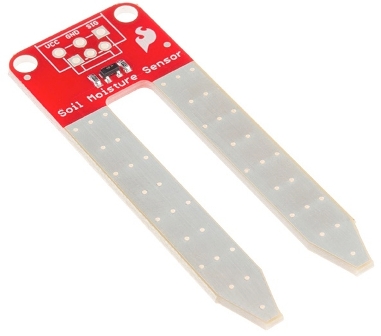
Simple electronic hygrometers in the form of two electrodes are also popular, which simply stick into the soil, controlling its moisture according to the degree of conductivity, depending on this humidity. These sensors are popular with fans. Arduino, since it is easy to set up automatic watering of a garden bed or flower in a pot, in case it is not convenient or convenient to water manually.
Before you buy a sensor, consider what you will need to measure, relative or absolute humidity, air or soil, what is the expected measurement range, whether hysteresis is important, and what accuracy is needed. The most accurate sensor is optical. Pay attention to the IP protection class, the operating temperature range, depending on the specific conditions where the sensor will be used, whether the parameters are suitable for you.
See also at i.electricianexp.com
:
